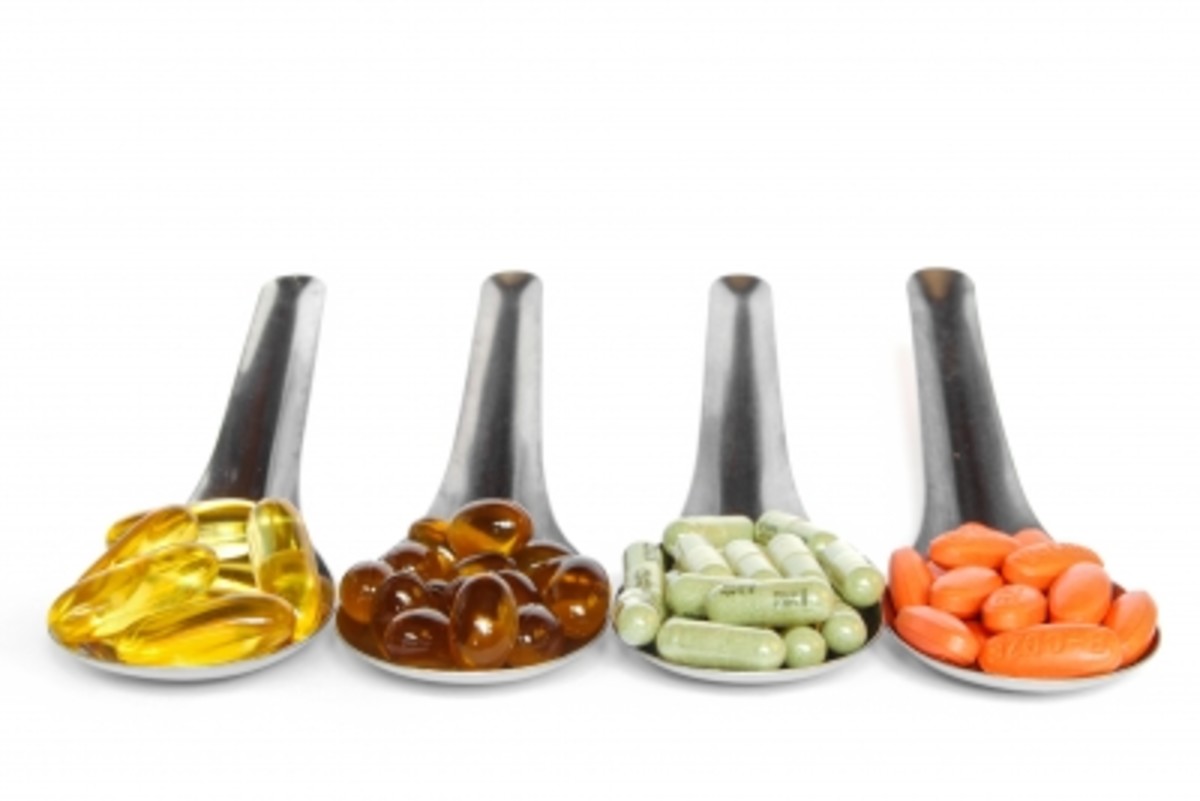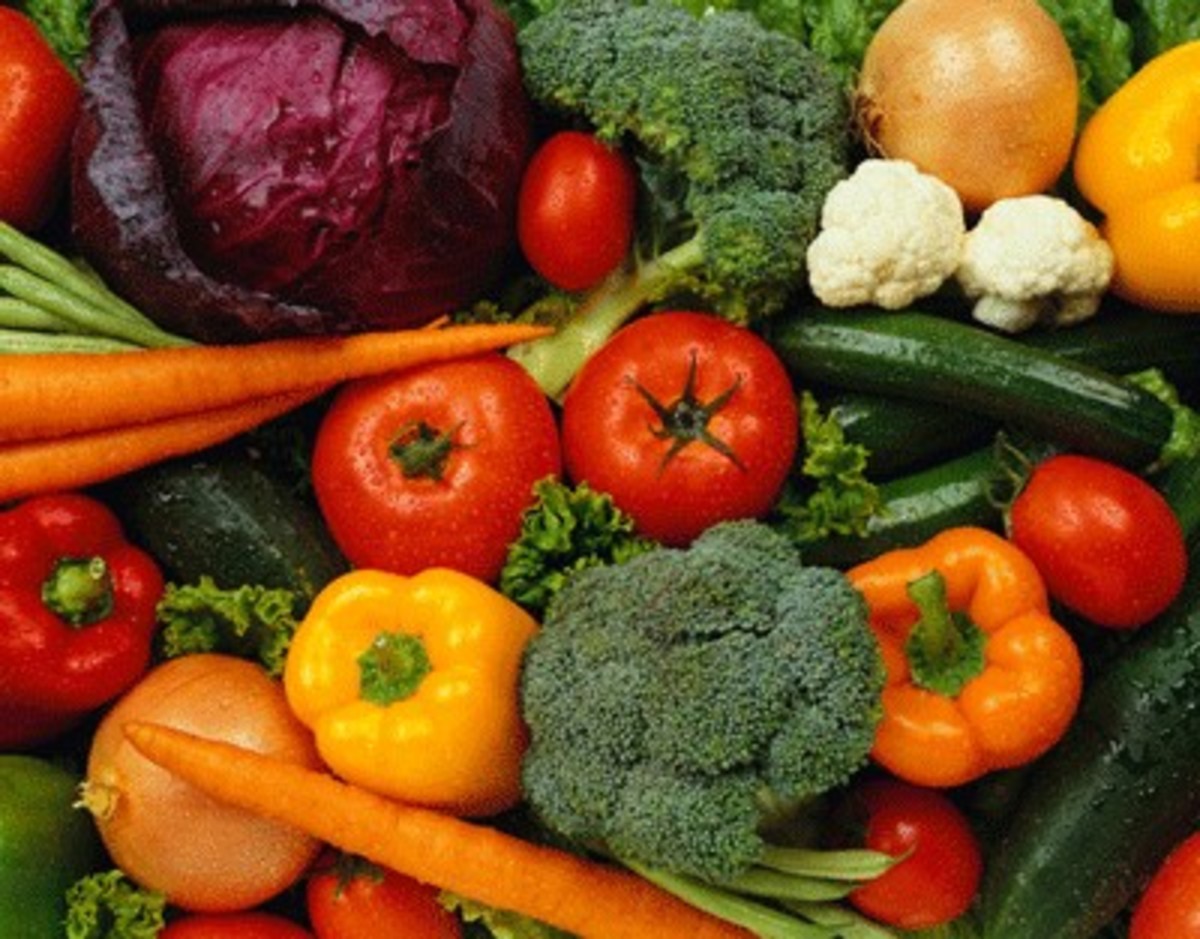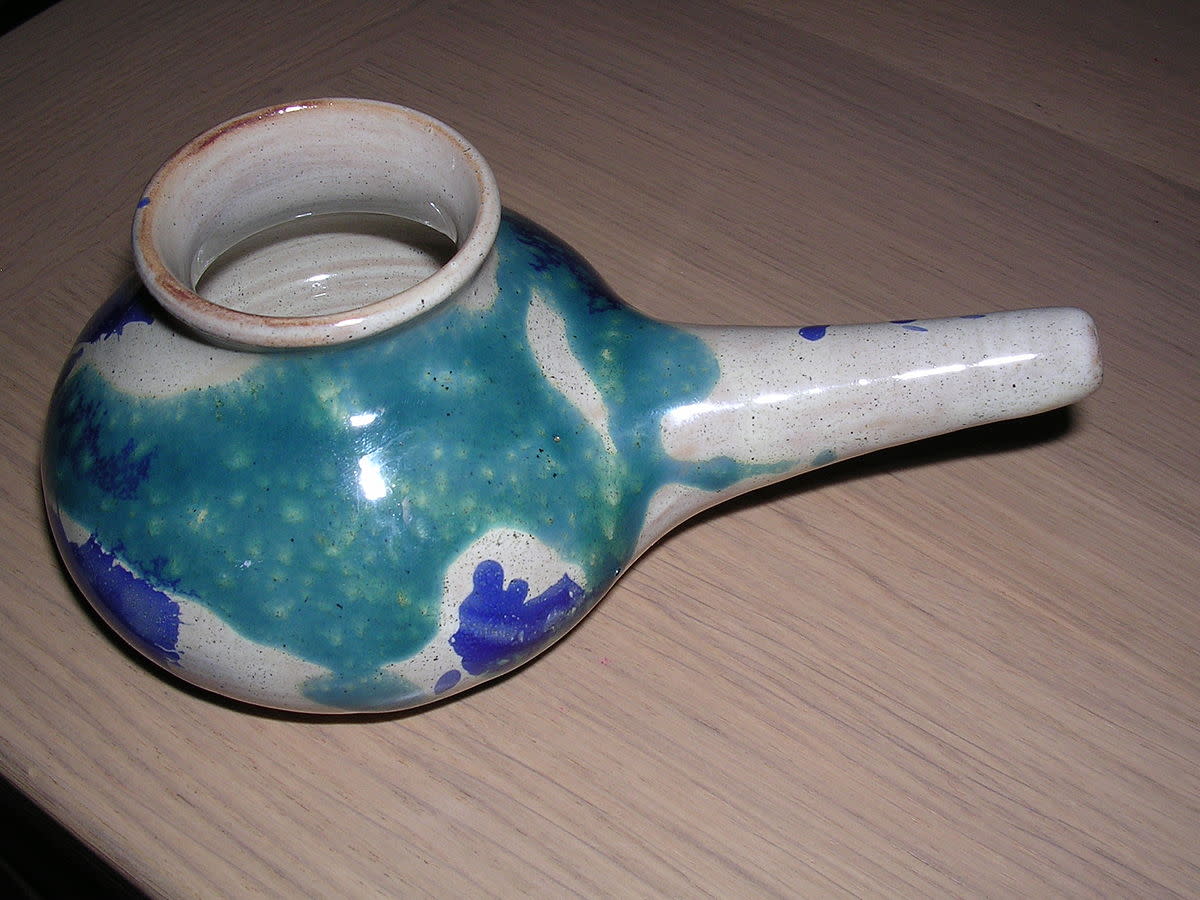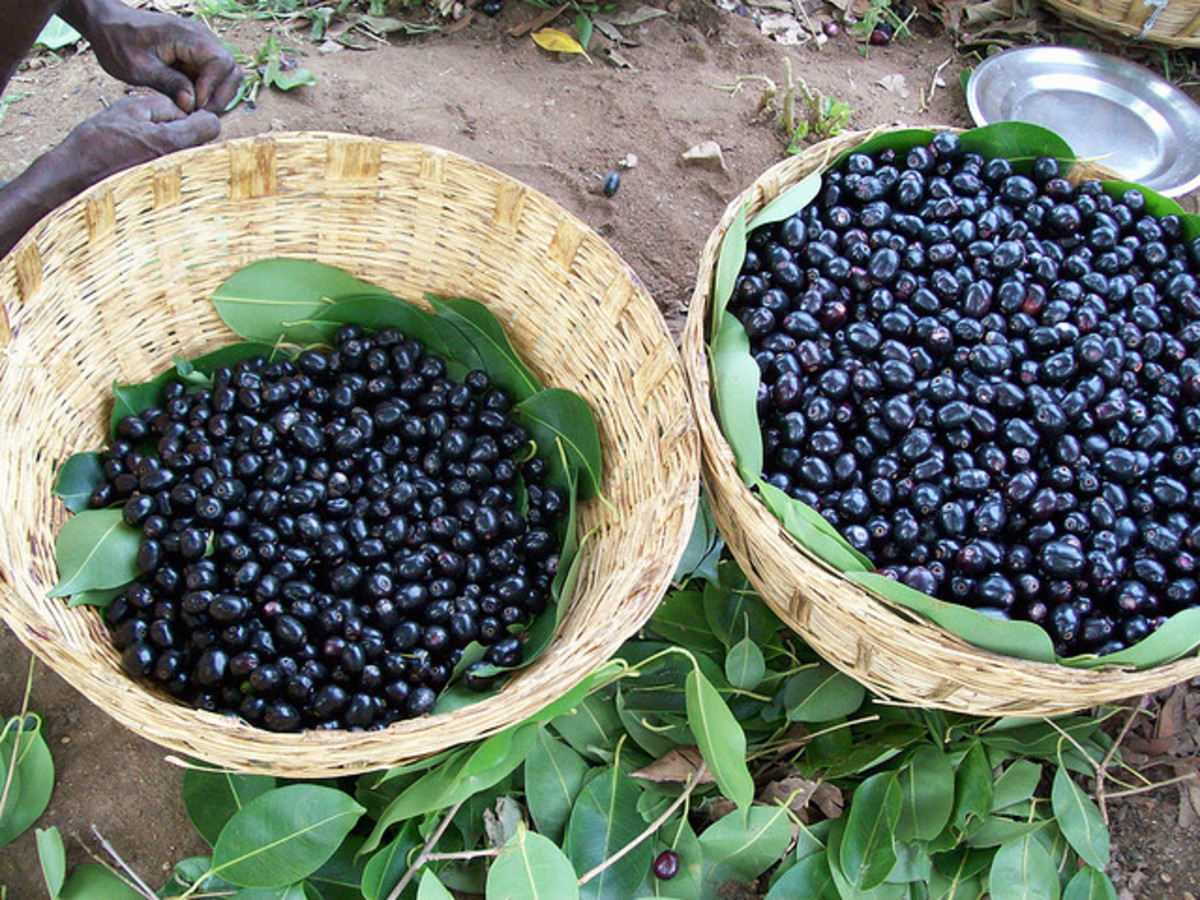How Much Sodium or Salt per Day
How Much Sodium Should You Have In Your Diet
Learn about how much sodium you need in your diet, which foods containing high sodium levels to avoid and food preparation methods to reduce salt intake.
Excessive sodium consumption is becoming a serious health problem across the nation. You may think that you have been trying to consume less sodium, but have you really? That dash on your potato and pinch on your eggs amounts to much more than one thinks. It quickly adds up to unhealthy levels of sodium in your system. Why? Because it is not only the salt you have to worry about. Most of the processed and already prepared foods available in grocery stores and restaurants contain excessive levels of sodium.
The simple truth is that most people are getting way more sodium per day than is recommended. These excessive levels of sodium can have serious repercussions on one’s health.
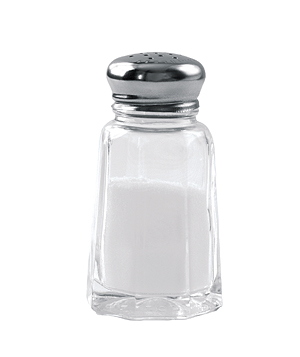
What Is Sodium
Sodium is found in many places of our food supply and serves several different functions. Some forms of sodium are used in food as preservatives to prevent food borne pathogens from growing in cheese, lunch meats, dressings and fermented foods. The body also requires sodium as a nutrient, however only in very small amounts.
- Sodium Is Required For the Body to Properly Function
- Sodium works in the body to keep the proper balance of fluids.
- Sodium helps to facilitate the transmission of nerve impulses.
- Sodium helps muscles to relax and contract.
Sodium levels are controlled to a certain extent by the kidneys. When sodium levels are low they retain more sodium, when high they excrete it. In cases where the kidneys can’t excrete enough sodium from the body it starts to be retained in the blood, increasing its volume, making the heart work harder, placing more pressure on arteries and leading to high blood pressure and heart attack. Some peoples bodies are more affected by sodium levels than others.
Sodium Intake
What is a person’s ideal daily sodium intake? How much sodium should you have in your diet?
The dietary guidelines for Americans released in 2005 state the following.
A healthy adult should not exceed more than 2,300 mg of sodium per day.
If suffering from diabetes, kidney disease or high blood pressure. If you are middle aged or older or black. You should not exceed 1,500 mg of sodium per day.
Dietary Sources of Sodium
People need to know where sodium comes from in order to keep sodium levels in diets checked. Sodium is found:
On the table and in the kitchen – Most tables will have a salt shaker on it and nearly all recipes call for salt. Keep in mind some products contain salt in them, such as 1,000 mg of salt in one tablespoon of soy sauce.
Prepared foods and processed foods – This is where the most sodium in diets originates. Processed foods typically have high levels of salt (combination of chloride and sodium) for taste. In addition many of the additives used in processed foods also contain sodium as preservatives.
Sodium from natural sources – There are also foods which naturally contain sodium. These include meat, shellfish, vegetables such as celery, and milk. Consuming foods which naturally contain sodium will also add to your daily intake. One can find about 107 mg of sodium in a cup of low fat milk.
Hold The Salt
Decreasing Your Sodium Intake
Think smart when shopping.
Don’t just rely on taste to find high sodium foods. You may not think that oat bran bagel tastes salty but it has around 532 mg of sodium. Surprised? I was!
The only reliable way to tell the high sodium foods is through the package label. Most processed foods or prepared foods will have a nutritional facts label listing the ingredients. Things to watch for are MSG, sodium, baking soda or powder, and disodium phosphate.
Sodium Related Label Meanings
- No salt added or unsalted – These foods could still have high natural levels of sodium, it merely means that no additional sodium was added during processing.
- Light or lite in sodium – This means that it contains less than 50% of the sodium found in the regular version.
- Less sodium or reduced sodium – To have this noted it means that the product has 25% less sodium than is found in the original version.
- Low sodium – This means that each product serving has less than 140 mg of sodium.
- Very low sodium – Servings must have less than 35 mg of sodium.
- Salt-free or sodium-free – Less than 5 mg of sodium should be contained in each serving.
Cut Back On Sodium
Not everyone is sensitive to sodium’s effects, but everyone will benefit by reducing their sodium intake. The average amount of sodium intake per person in the United States is 3,600 mg in a single day and many double that number.
- Choose food products which are low in sodium – When you select processed foods, select those which are low in sodium.
- When using recipes – Leave out the salt, in most cases you will not even notice it. Main dishes, casseroles and stews will make no difference.
- Choose low sodium condiments – Or eliminate them all together. Ketchup, dips, sauces and soy sauce all contain high concentrations of sodium.
- Cut out processed foods in favor of fresh foods – Fresh vegetables and fruits do not contain as much sodium. Fresh meat is lower in sodium than processed meats such as bacon, luncheon meats, sausage, ham or hot dogs. Choose poultry that is fresh and has not received the sodium heavy saline injections.
- Beware of salt substitutes – Many of these are a mixture of salt with other ingredients. Often people just use more of it to get the same salty taste.
- Substitute other spices and herbs for flavor – Dried herbs such as basil, oregano and zesty fruit juices can add the excitement to your meal that is usually obtained through salt and sodium.
- Cut back gradually – Learn to use less salt gradually and allow your body and taste buds to adjust. Cutting back slowly over time reduces the shock of the change and will allow you to enjoy the actual food’s flavor.
Medications have sodium – watch out for medications as some of them have high levels of sodium.
How Much Sodium Is
- 1 tsp baking soda = 1,000 mg sodium
- 1 tsp salt = 2,300 mg sodium
- ¾ tsp salt = 1,800 mg sodium
- ½ tsp salt = 1,200 mg sodium
- ¼ tsp salt = 600 mg sodium

